Why does my LG washing machine leak from the bottom during the spin cycle?
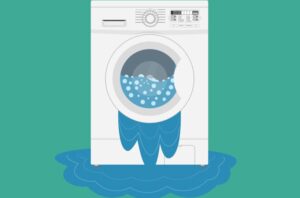 Finding a puddle under an automatic machine is quite unpleasant. Leaks should be repaired immediately, as water on the floor can harm not only the equipment, but also the property of neighbors living below. The causes of the accident can be very different; let’s look in more detail at why the equipment leaks during the spin cycle. After all, this situation occurs most often.
Finding a puddle under an automatic machine is quite unpleasant. Leaks should be repaired immediately, as water on the floor can harm not only the equipment, but also the property of neighbors living below. The causes of the accident can be very different; let’s look in more detail at why the equipment leaks during the spin cycle. After all, this situation occurs most often.
Where did the leak come from?
If you notice that your LG washing machine is leaking from the bottom during the spin cycle, you need to act as quickly as possible. First of all, you need to carefully turn off the power to the washing machine without stepping into a puddle. Next, you need to find out why water is flowing out of the machine. The reasons may be different:
- violation of tightness at the connection points of the pipes;
- drain corrugation defect;
- the garbage filter is clogged or incorrectly installed;
- damage to seals;
- bearing failure;
- pump malfunction;
- defective or clogged detergent tray;
- tank damage.
Possible causes of leakage should be “screened out” one after another, from simple to more complex. First of all, the drain hose is checked, then the garbage filter. Let us tell you in more detail how to behave during the diagnostic process.
"Trash can" or drainage hose
A puddle found under a washing machine does not always indicate some kind of breakdown. Sometimes this can be caused by a simple user error. First, check that the drain filter plug is tightly screwed on, especially if you cleaned the trash can the day before. Also make sure the emergency hose is in place.
If the garbage filter and emergency hose are securely secured, then the drain hose will be next in line to be checked. Check to see if water is leaking at the place where the corrugation is attached to the pump; to do this, look under the bottom of the machine. Perhaps the fixing clamp has become loose, and to eliminate the leak you just need to tighten it.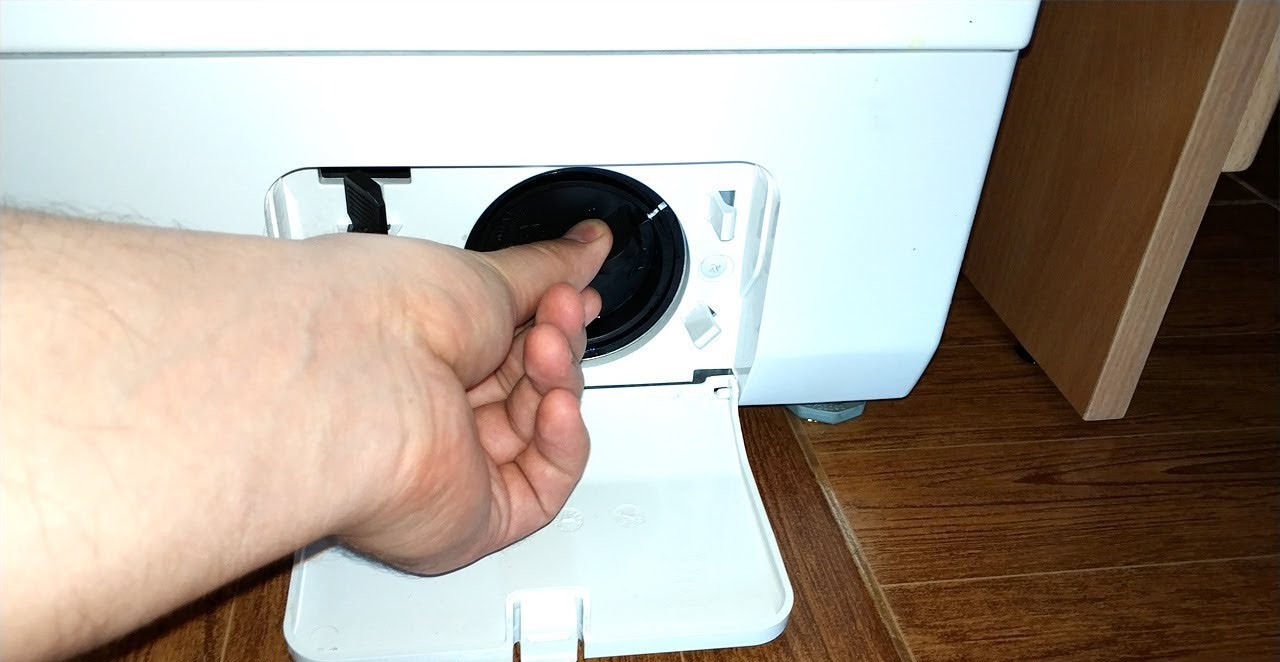
If you find cracks where the drain hose is attached to the pump, treat the cracks with a moisture-resistant sealant. However, it would be much safer to immediately replace the pump volute.
Also make sure that there are no cracks or kinks on the surface of the drain corrugation. If the rubber hose is damaged, it will need to be replaced. There is no point in wrapping the sleeve with electrical tape or adhesive tape - this is a temporary and not entirely reliable measure.
Why does water leak during spinning, and not during washing or rinsing? At this stage of the cycle, the machine spins the drum to maximum speed, so it vibrates more. This way, a loosely screwed filter becomes even more loose and begins to let moisture through.
Powder box or "main" pipe
Even if water accumulates under the washer, the “source” may be much higher. Therefore, inspect the powder receptacle. The cuvette is probably very dirty and this is causing overflow. The liquid is drawn into the machine, accumulates in the tray, cannot pass further, so it flows down to the floor.
It is necessary to inspect the powder receptacle both outside and inside. Make sure there are no cracks in the walls. Pay special attention to the corners of the dispenser - leakage most often appears there.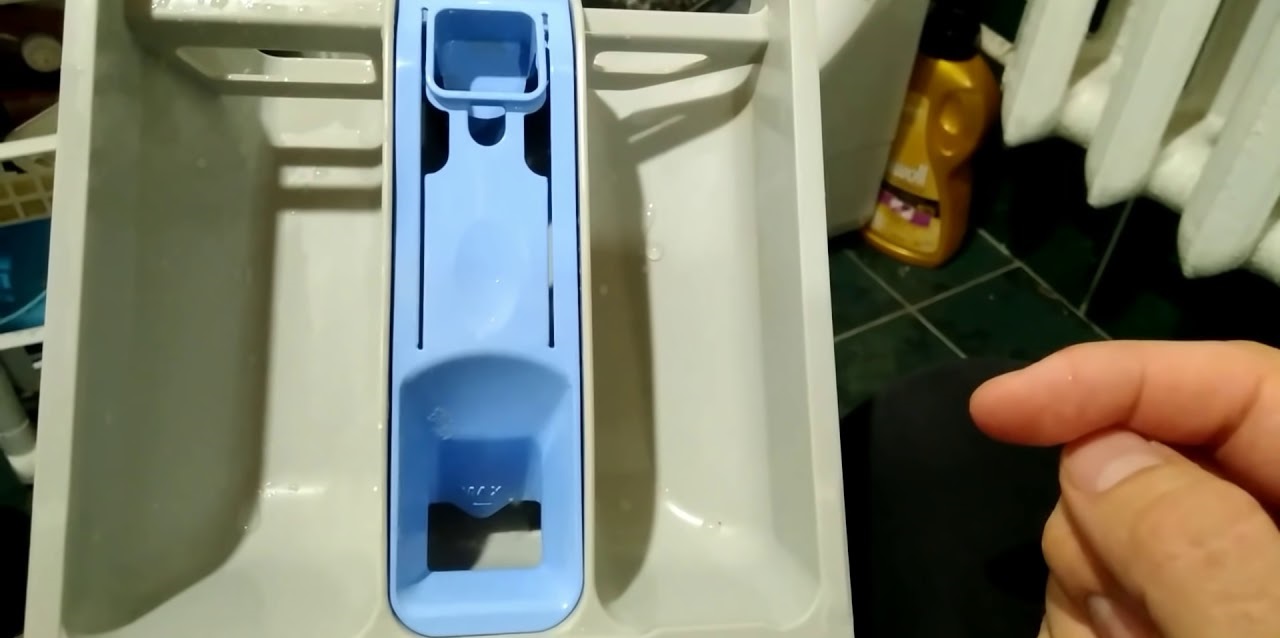
If the detergent tray is clean and you cannot visually detect cracks, check it. Wipe the dispenser dry and carefully pour water into the compartments. Observe the powder receptacle and see if drops begin to seep out from below.
The inlet pipe of the automatic machine may fail. If its fixation is loosened, or the hose itself is cracked, water will begin to flow down. To diagnose, you will need to remove the top panel of the washer.
It is possible that the leak is caused by the drain pipe connecting the tank and the pump.
To inspect the drain pipe, you will have to look under the machine. The joints may leak, then to restore the tightness, it will be enough to tighten the clamps. If there are cracks on the surface, the hose will have to be replaced.
How to look for a leak?
Having decided to fix the problem yourself, without calling a specialist, you need to act carefully. If the machine is automatic LG under warranty, it is better to contact a service center for help. Specialists will test the washing machine free of charge, and if the leak is caused by a manufacturing defect, they will repair the device free of charge.
If the warranty period has long expired, in order to save money, you can identify the source of the leak yourself. In most cases, it is easy to deal with the problem yourself. What should you do if you find a puddle under the machine?
- De-energize the equipment. Unplug the cord from the outlet carefully, without coming into contact with water. This will help avoid electric shock. If it is impossible to turn off the washing machine without stepping into a puddle, you must turn off the electricity supply to the entire apartment by clicking the corresponding contact on the electrical panel.
- Close the shut-off valve responsible for supplying water to the machine.

- Drain any remaining fluid from the system using the emergency hose. You can also empty the tank by unscrewing the “plug” of the garbage filter.
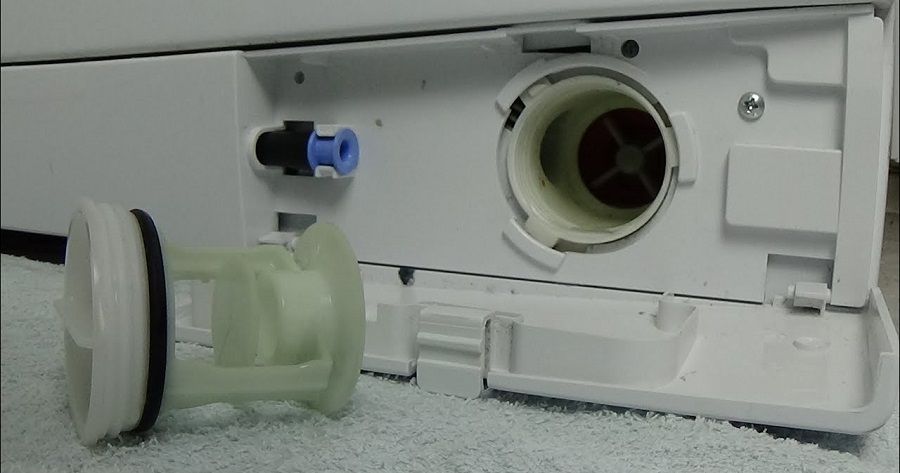
- Open the machine hatch and remove all items from the drum.
- Start searching for the source of the leak.
When water leaks from the top left corner, it is most likely due to a leaky detergent tray. Therefore, remove the powder receptacle, wash it, clear all blockages, and remove plaque from the walls. Then put the cuvette in place.
A leak can be caused by too much pressure when supplying water to the washing machine - in this case, the problem is solved by adjusting the inlet valve.
If water flows out from under the hatch door and accumulates under the machine, the problem is most likely a damaged cuff. Inspect the seal - there should be no defects on it. If you find cracks, consider replacing the rubber band.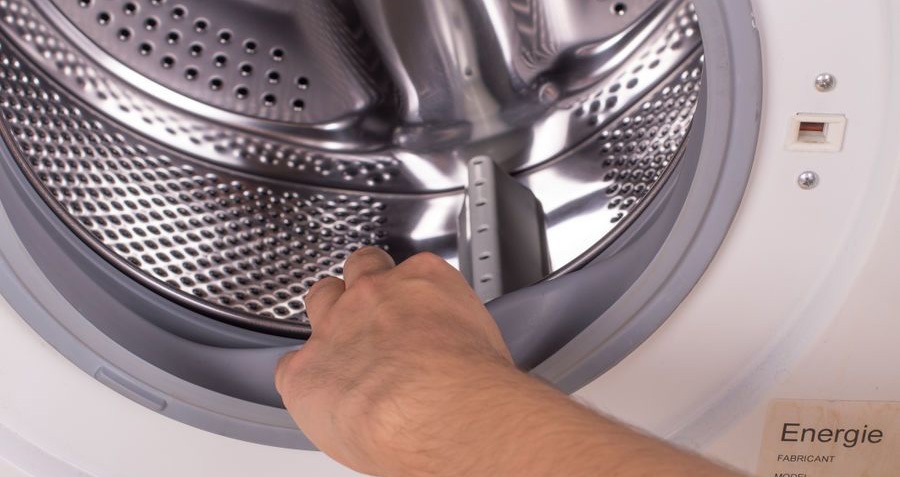
Leaks from below are often caused by damaged pipes. In some cases, repairs will involve sealing small cracks. If the defects are serious, it is better to replace the hoses immediately. When the clamps become loose and water leaks out at the joints, it is enough to tighten the clamps more tightly.
A leak can also be caused by a simple blockage of the elements of the drain system. For example, a filter or pipes. Cleaning the parts will help improve the work of the “home assistant”.
In some cases, the cause of the leak is a damaged tank. To inspect the tank, you will have to almost completely disassemble the washing machine. If the defect is small, the crack can be soldered. This is a fairly reliable and effective repair option. You can also replace the entire plastic container.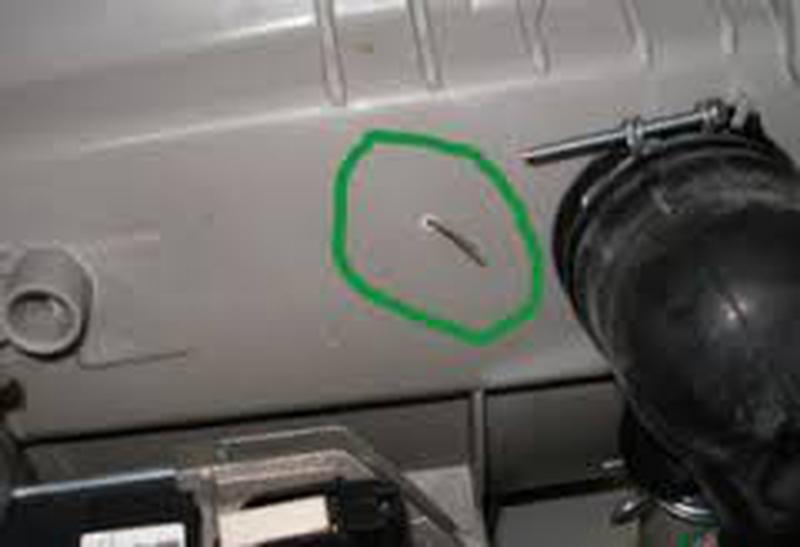
Another likely cause of a leak is a clogged or burned out pump. For diagnostics you will need a multimeter. A failed drain pump cannot be repaired; the element must be replaced.
If the washing machine leaks during the spin cycle, most likely the problem is in the bearing unit.The seal is probably leaking or the metal rings are worn out. To get to the damaged elements, you will have to almost completely disassemble the washing machine body. This work is considered difficult, so beginners without any knowledge and experience are better off seeking the help of equipment repair specialists.
Interesting:
Reader comments
- Share your opinion - leave a comment


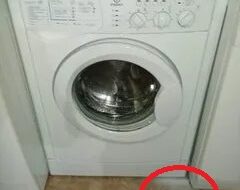
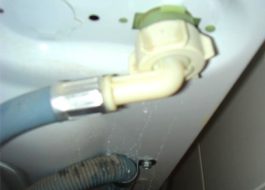

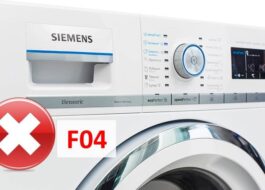
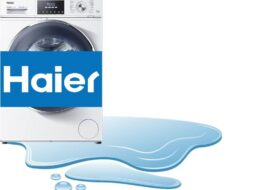














Add a comment